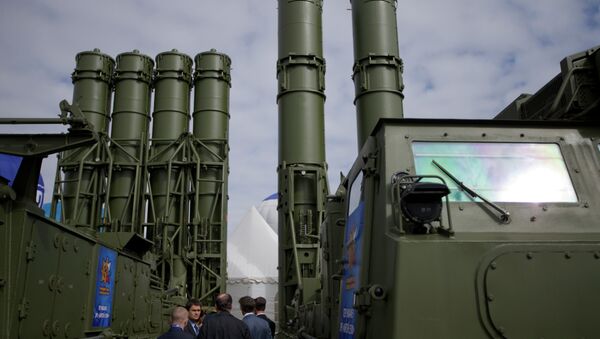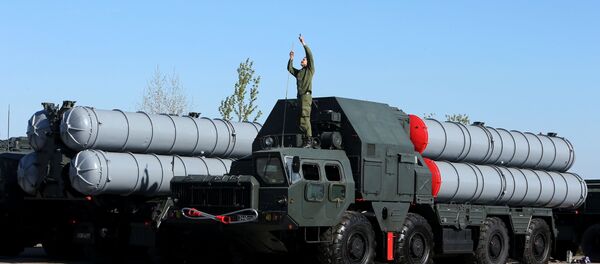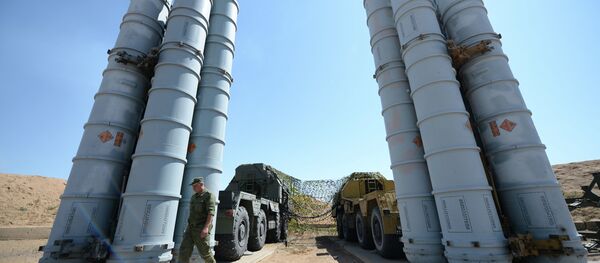“We believe existing US sanctions should be used to deter Russia from transferring this or other dangerous weapons systems to Iran,” the lawmakers wrote in a letter addressed to US President Barack Obama.
Earlier in April, Russian President Vladimir Putin signed a decree lifting the ban on the sales of S-300 to Iran, after P5+1 countries and Tehran worked out a framework agreement ensuring the peaceful nature of the country's nuclear energy program.
The lawmakers claimed that the transfer of S-300 system would bolster Iran’s military capabilities, and introduce new obstacles for the United States to eliminate the threat of an Iranian nuclear weapon.
President Putin stressed that there were no reasons for Russia to keep the embargo on providing Iran with S-300 air defense missile systems, underlining that it is a purely defensive weapon.
Following Moscow’s announcement about lifting the embargo, Obama stated he was surprised that Russia adhered to a ban on deliveries of S-300 so long, given that Russia was not prohibited by sanctions from selling these defensive weapons.
In 2007, Russia agreed to deliver five S-300PMU-1/SA-20 Gargoyle SAM systems (40 launchers) to Iran for about $800 million. However, in June 2009 the UN Security Council introduced sanctions against Iran over its controversial nuclear program. Russia joined the sanctions and suspended military sales to Iran.



